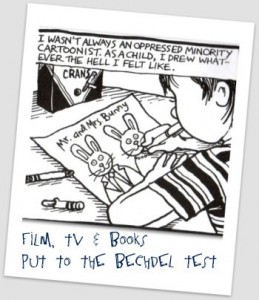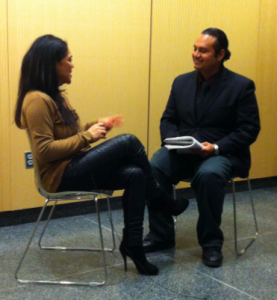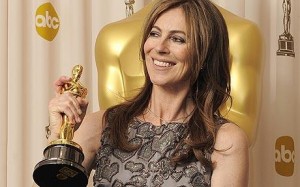by Alyssa Di Rienzo
Heightism is defined as any prejudice or discrimination based on height. Sociologists and psychologists have studied heightism in America, and have noted that there seems to be a cultural and social bias against the short. It is quite obvious that heightism also plays a significant role in the media. It is almost impossible to name more than a few short celebrities. Hollywood places heavy emphasis on height. Famous actors are often tall, dark and handsome. Female celebrities would not walk the red carpet without their 5-inch Jimmy Choo heels to create the illusion of height. Hollywood glorifies tallness, while condemning the short.
In the media, there is an overwhelming negative portrayal of short men. Many actors have claimed that they have been denied leading roles because of their height. In 2005, when Daniel Craig was cast as James Bond, the production company received heavy criticism, with critics complaining that the actor was too short to play the role. Daniel Craig, at 5ft 10in, stands one inch taller than the average American male. Similarly, in 2012 when actor Henry Cavill was cast as Superman for the upcoming 2013 film Man of Steel, many complained that he was too short for the role, despite being 6ft 1in. While Hollywood does not put as much pressure on women in this area, they often still subjugated to height discrimination.
The media often pokes fun at short people, further emphasizing a cultural bias against short people. There are countless examples in film and television today to support this contention. Short characters are often victimized for comedic value. Lord Farquaad, the primary antagonist in the animated Shrek films, is constantly ridiculed for his height. Comparatively, Plankton, the evil opponent in the SpongeBob series is also degraded for his small stature, and constantly stepped on. (Also, note how the short characters are also almost always are the bad guys.) This phenomenon does not only happen with animated features. In the popular HBO show, Entourage, one of the 4 main characters, Eric Murphy is endlessly tormented by his 3 friends for being short.
- Elf – In this film the little person is ridiculed by Buddy the Elf. He is called the “angry elf” and is asked if he is from the “south pole”
- Project X – In this movie, a group of teenagers place the little person in an oven.
I think we all need to be reminded diversity issues concern more than just skin color or ethnicity. We have to remember that while people may look differently, we must all be treated the same.
#embracediversity










